When it comes to keeping patients safe, every detail matters—and now there’s a new resource to help. If you’ve been curious about how sharing visit notes with patients can boost safety, here’s what you need to know.
Sigall Bell
OpenNotes Awarded Grant to Test Innovation to Improve Diagnosis and Reduce Disparities
OpenNotes was one of 17 organizations awarded a grant by The Society to Improve Diagnosis in Medicine (SIDM) as part of its DxQI Seed Grant Program to improve the quality, accuracy…
Tackling Ambulatory Safety Risks Through Patient Engagement: What 10,000 Patients and Families Say About Safety-Related Knowledge, Behaviors, and Attitudes After Reading Visit Notes
Background: Ambulatory safety risks including delayed diagnoses or missed abnormal test results are difficult for clinicians to see, because they often occur in the space between visits. Experts advocate greater patient engagement to improve safety, but strategies are limited. Patient access to clinical notes (“OpenNotes”) may help close the safety gap between visits.
Methods: We surveyed patients and families who logged on to the patient portal and had at least one ambulatory note available in the past 12 months at two academic hospitals during June to September 2016, focusing on patient-reported effects of OpenNotes on safety knowledge, behaviors, and attitudes.
Helping Caregivers Help Patients
By Hannah Chimowitz, BA & Sigall K. Bell, MD – posted first on The Joint Commission Blog on March 1st 2018 This blog post goes beyond the study “Empowering Informal Caregivers with Health Information: OpenNotes as a Safety Strategy” in the March 2018 issue of The Joint Commission Journal on Quality and Patient Safety. An…
Empowering informal caregivers with health information: OpenNotes as a safety strategy
Patients frequently depend on informal caregivers (e.g., family, friends, or paid workers) to assist with various aspects of medical care, such as medication administration and travel to medical appointments. OpenNotes seeks to share clinicians’ notes with patients through patient portals. Although patients frequently grant portal access to caregivers, the impact of this improved access to health information on the safety of care provided by caregivers remains unknown. Researchers sent a survey to 24,722 patients participating in OpenNotes who had at least one available visit note during the study period. The surveys were sent through the patient portal. Out of the 7058 surveys returned, 150 respondents self-identified as caregivers. Analysis of survey data revealed that access to patient notes enhanced caregiver understanding of recommended medical care including tests and referrals, reminded them about necessary testing, helped them understand results, reminded them about appointments, and improved caregiver ability to assist patients with medications. An Annual Perspective discussed the potential of health information technology to improve patient and caregiver engagement in safety.
What Patients Value About Access to Their Visit Notes
BOSTON – A majority of U.S. health care organizations have adopted electronic health record (EHR) systems and are increasingly…
OpenNotes Reporting Tool Engages Patients as Safety Partners
BOSTON – OpenNotes evidence has shown that transparent medical records can increase patient engagement – patients who read the clinical notes written by their doctors report feeling more
Soliciting patient feedback on visit notes: An educational opportunity
Patient and family engagement is gaining attention as a priority in patient care1 and medical education.2 OpenNotes, an innovation that invites patients to read their visit notes through a secure online portal, has demonstrated several health benefits.3 Over five million U.S. patients have online access to their notes today; shared visit notes may not only engage patients in care but also open the door to new educational innovations.
Intrigued by the idea of patient/family feedback on visit notes, our research team asked residents and their supervisors whether such feedback would be helpful.4 In surveys and focus groups, many agreed it would be.
Author Reading: When Patients Teach
Listen to authors Sigall K. Bell, MD (from the OpenNotes team), and Stanley R. Vance Jr, MD, read their Teaching and Learning Moments essay, “When Patients Teach,” published in the April 2016 issue.
MedScape: Landmark Report Urges Reform to Avert Diagnostic Errors
Authors of a landmark report [download the report here!] find that little progress has been made in reducing diagnostic errors in the 15 years since the Institute of Medicine’s (IOM) report To Err is Human: Building A Safer Health System revealed dramatic lapses in patient safety. Consequently, authors conclude in the new report released today…
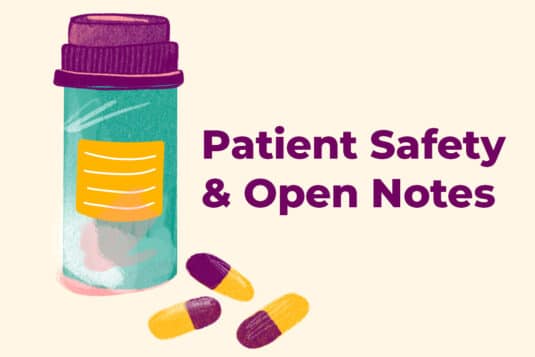
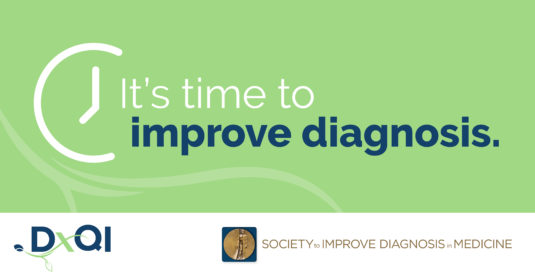
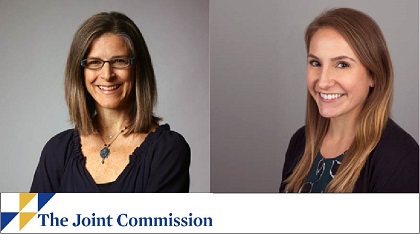

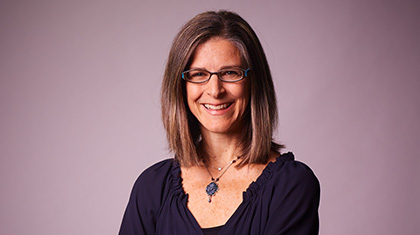
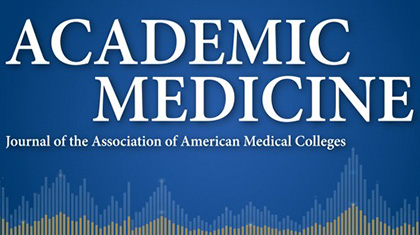
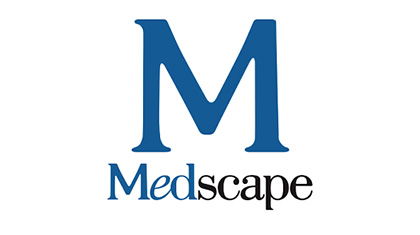


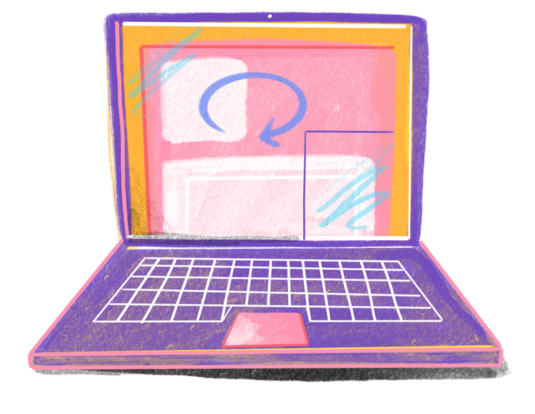
You must be logged in to post a comment.